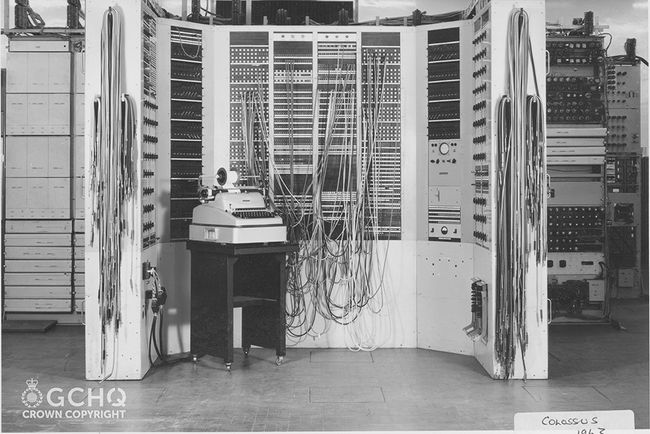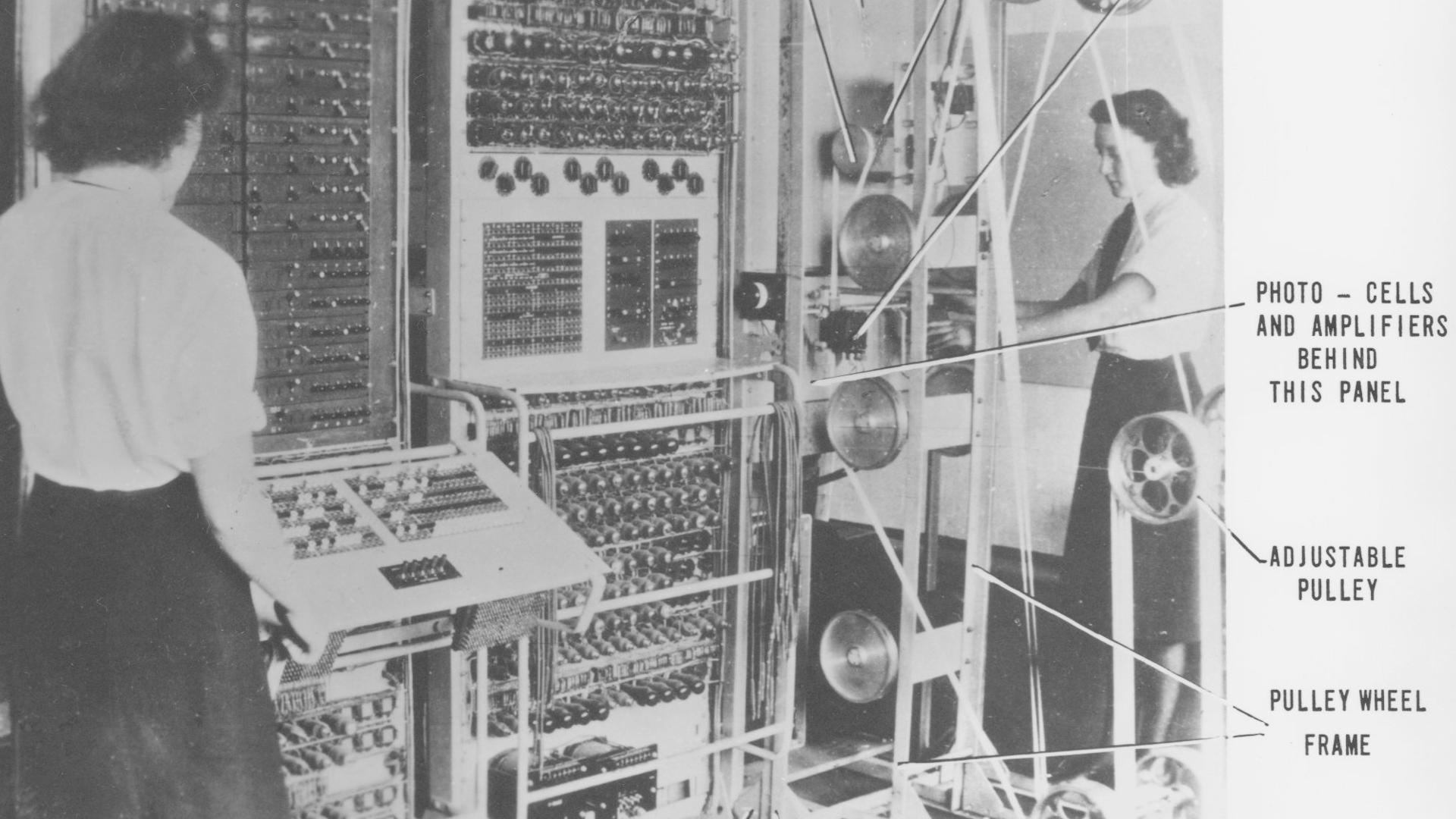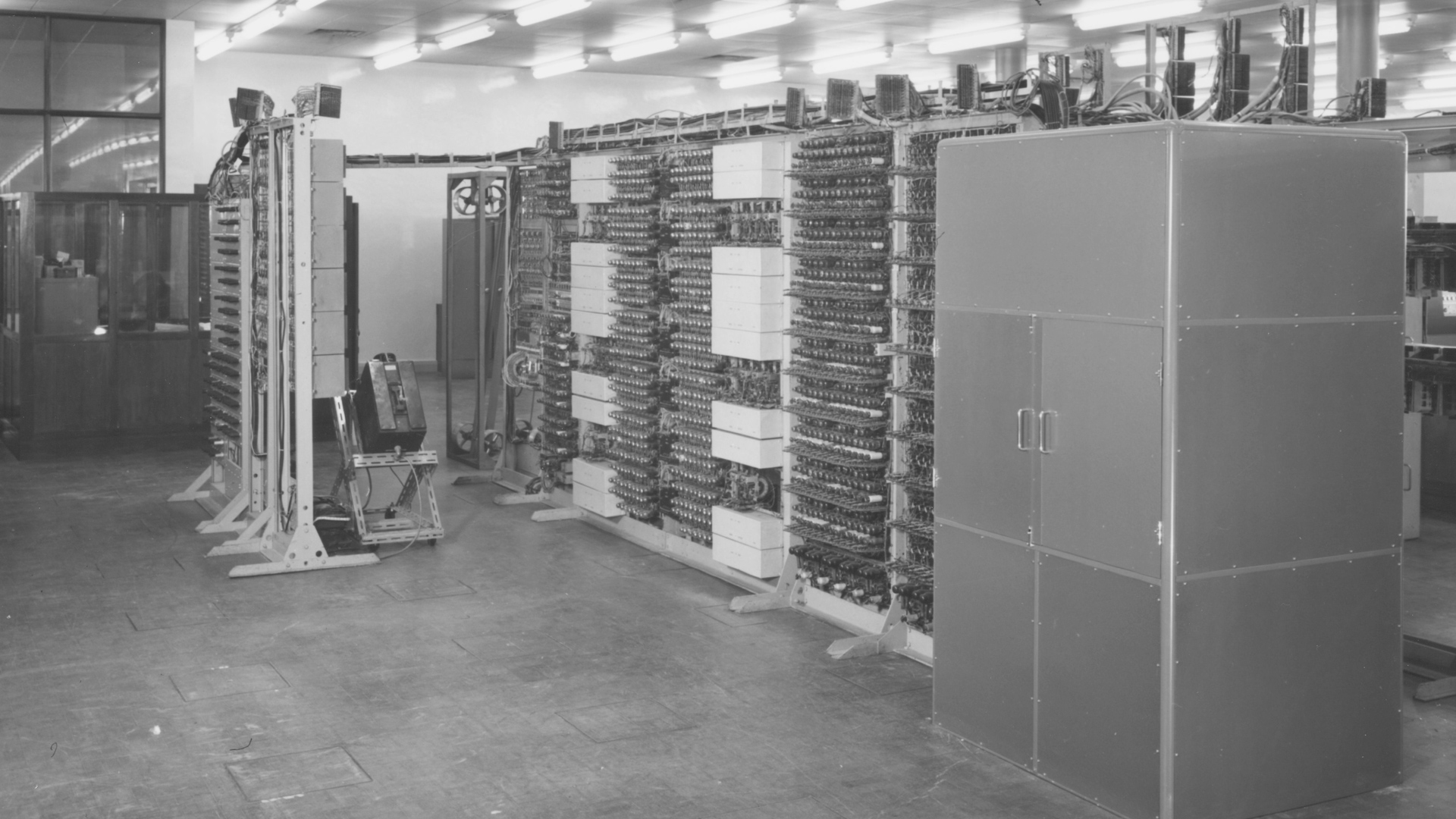
GCHQ releases never-before-seen images of code-breaking computer that helped win WW2

GCHQ has released never-before-seen images of Colossus, the UK's incredible code-breaking computer that played a pivotal role in the Second World War.
The pictures were published to mark the 80th anniversary of the device's invention, which was so secret that its existence was kept highly classified until the early 2000s.
Considered by many to be the first digital computer, Colossus was created to decipher critical strategic messages sent between the most senior German generals in occupied Europe.
Planning for the D-Day landings was well underway by the time Colossus was introduced.
However, it was one of the machines that helped produce the intelligence that showed Hitler had been successfully convinced that the Allies would be landing the invasion force in Pas-de-Calais rather than Normandy.
Engineers and codebreakers who had worked on Colossus were sworn to secrecy, and unlike the well-known Bombe Machine which broke the Enigma cipher, the existence of this vital piece of machinery was kept from the history books for almost six decades.

Overseen by Tommy Flowers, the engineer who designed it, many of the experts working on the computer had no idea what they were helping to build until it was installed at Bletchley Park.
Once there, it was only a small group who had been sworn to the Official Secrets Act that knew about the work being done with Colossus.
After the Second World War eight out of the 10 machines were destroyed and Mr Flowers was ordered to hand over all documentation on the Colossus build to GCHQ.
This was partly because the technology was so effective that its functionality was still in use by the UK until the early 1960s.

Andrew Herbert, the chairman of trustees at the National Museum of Computing, said: "Colossus was perhaps the most important of the wartime codebreaking machines because it enabled the Allies to read strategic messages passing between the main German headquarters across Europe.
"From a technical perspective, Colossus was an important precursor of the modern electronic digital computer.
"And many of those who used Colossus at Bletchley Park went on to become important pioneers and leaders of British computing in the decades following the war, often leading the world in their work."









